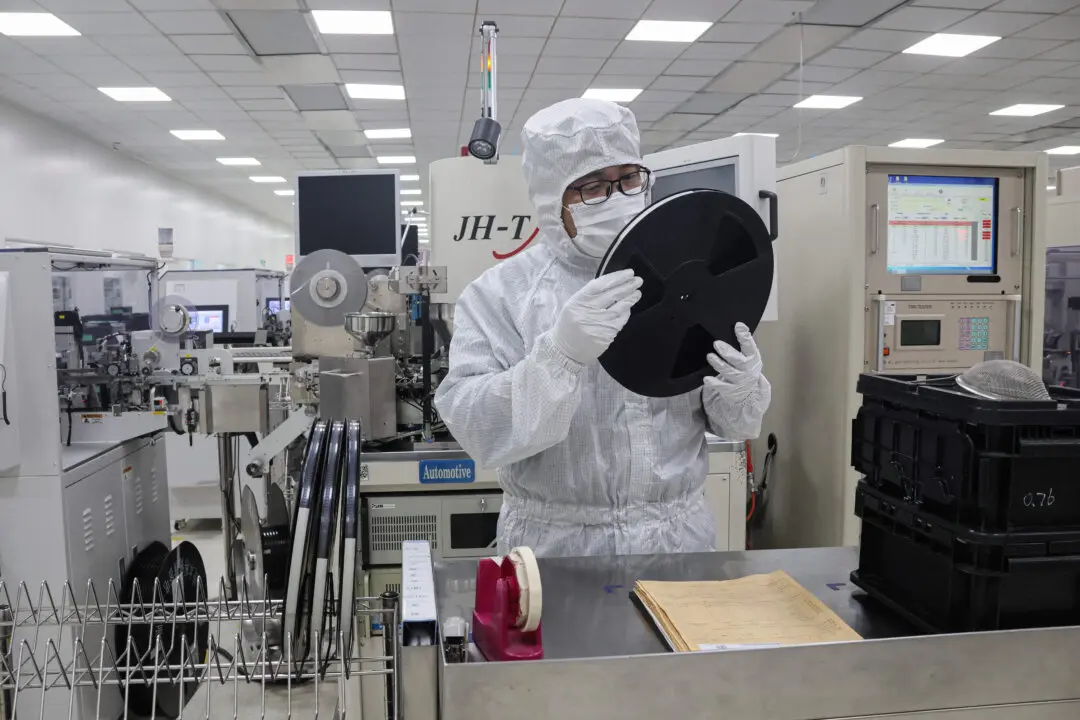Commentary
The Trump administration on Aug. 20 notified the Congress of its intention to sell 66 new Lockheed-Martin F-16V fighters to Taiwan. While the previous George W. Bush and Barack Obama administrations refused to sell F-16V fighters to Taiwan, President Donald Trump is now returning to the longstanding bipartisan foreign policy of selling necessary weapons to Taiwan.





